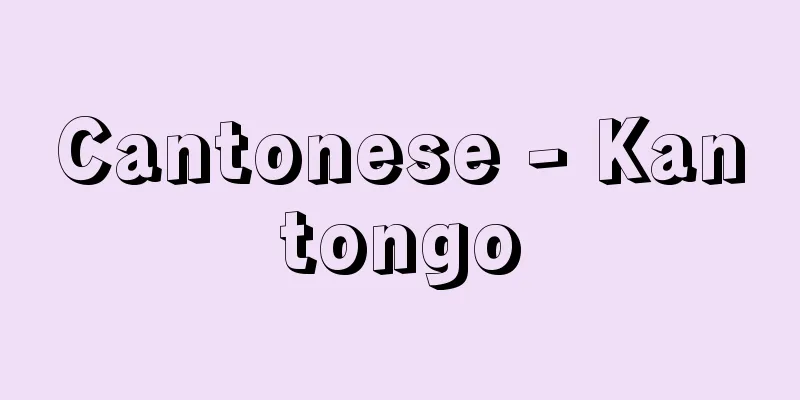Bell tower - Shoro

|
A building for hanging a bell and ringing it. It is also read as "shuro" and is commonly called the Tsurigane-do (hanging bell hall). In ancient temples, it was one of the main buildings that made up the temple complex, and was placed symmetrically with the sutra tower behind the main hall. The building was built as a tower because the bell would ring farther if it was hung in a high position. The bell tower of the Western Temple of Horyu-ji Temple (Heian period), which is thought to have been modeled after the ancient Chinese style, is the only surviving example of an old-style bell tower with a two-story tower structure. The bell tower of the Eastern Temple of Horyu-ji Temple (Kamakura period) has a hakama-goshi style with a flared bottom at the bottom, and this style of bell tower has become mainstream since the Middle Ages. Also, from the Middle Ages, buildings that were not built as towers but simply had pillars at the four corners and were open on all four sides, such as the Todaiji Temple bell tower (Kamakura period), began to appear. This type of bell tower is also called a bell-striking hall, bell tower, bell house, or bell tower. Bell towers are essential for temples to announce the time and signals for events, but they are not limited to Buddhist temples; they are also built as an attachment to church buildings or separately in Christian churches, and many of these form towers. [Kudou Yoshiaki] Source: Shogakukan Encyclopedia Nipponica About Encyclopedia Nipponica Information | Legend |
|
鐘を吊(つ)り下げて撞(つ)き鳴らすための建物。「しゅろう」とも読み、俗に釣鐘(つりがね)堂という。古代の寺院では伽藍(がらん)を構成する主要な建物の一つで、金堂の背後に経楼と対称に配された。建物が楼(たかどの)としてつくられたのは、鐘を高い位置に吊るしたほうが遠くまで響くからであったろう。古代中国の様式を模したと推定される法隆寺西院伽藍の鐘楼(平安時代)は、上下2層からなる楼造(たかどのづくり)の古式の鐘楼として、唯一の遺構である。法隆寺東院鐘楼(鎌倉時代)は、下層が裾(すそ)広がりの袴腰(はかまごし)になり、中世以降はこの形式の鐘楼が主流を占める。また、中世からは楼造とせずに、東大寺鐘楼(鎌倉時代)のように四隅に柱を立て、四方を吹き放しとするだけのものも出現する。この種の鐘楼は、鐘撞(かねつき)堂、鐘堂、鐘舎、鐘台の名でもよばれる。鐘楼は寺院において、時鐘や行事の合図を知らせるために必須(ひっす)のものであるが、仏教寺院に限らず、キリスト教の教会などでも教会堂に付属または独立して建てられており、これらは塔を形成するものが多い。 [工藤圭章] 出典 小学館 日本大百科全書(ニッポニカ)日本大百科全書(ニッポニカ)について 情報 | 凡例 |
>>: Rhizopogon rubescens (English name: Rhizopogon rubescens)
Recommend
Yanshu - Enshu
...This was designed so that the amount of water ...
Babuyan Channel (English)
…A large strait about 350 km wide between the Phi...
basic oxygen furnace
…In Europe and Japan, it is called LD converter, ...
Sir Henry Creswicke Rawlinson
British orientalist, diplomat, and politician. Bo...
Ursprache
…Linguistics is a science that deals with languag...
Märal [Lake] - Märal
A lake in southeastern Sweden, west of Stockholm. ...
Rest mass
In relativistic mechanics, the mass of a moving ob...
Han-Tibetan language family
…a large language family that is distributed over...
Kiyoshi Akita
1881-1944 A politician from the Meiji to early Sh...
County Magistrate - Koribugyo
From the mid-Muromachi period onwards, this was a...
Cummins, H. (English spelling) CumminsH
...Palm prints are taken by gently applying press...
Profit and loss statement
An income statement is a document that calculates...
Mechanical damage
...In electrical equipment, the power and motive ...
The taste of saury - Sanma no ji
Japanese film. Produced by Shochiku in 1962. The ...
Moberg - Carl Artur Vilhelm Moberg
Swedish author. Born the son of a garrison soldie...









